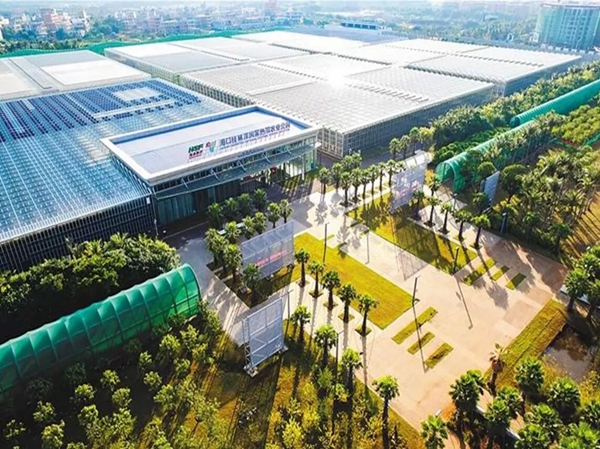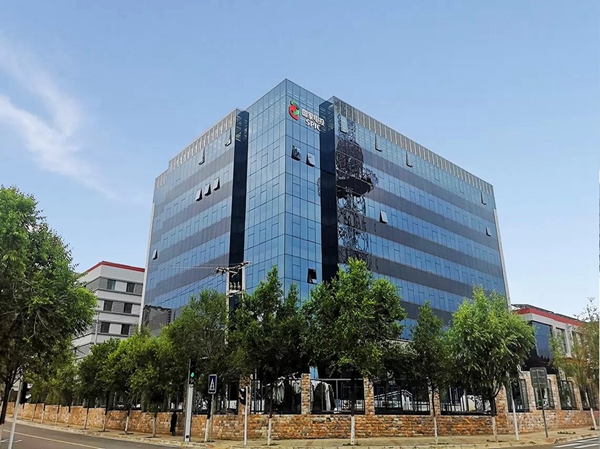Jan. 25, 2024
In the face of the challenge of climate change, the world is rapidly moving towards sustainable development and there is an urgent need to find innovative energy solutions. One of them is Building Integrated Photovoltaics (BIPV), which offers innovative ways to solve global problems. These solar panels are not only used to provide electricity and generate electricity for the building itself but also play a key role in shaping the urban infrastructure of the future. Now, let’s take a closer look at why BIPV is not only a viable option for modern buildings but one of the first choices.

Space efficiency: BIPV technology can make full use of the surface of the building and integrate solar panels into the roof, walls, windows, and other parts of the building without occupying additional land space. This makes BIPV an especially useful renewable energy option in urban environments.
Aesthetic design: BIPV allows solar panels to be integrated into building design, which not only enables sustainable use of energy but also enhances the appearance and aesthetic value of the building. Solar panels can be part of a building rather than simply an external fixture.
Sustainability and environmental protection: The use of BIPV helps reduce dependence on traditional energy, reduce greenhouse gas emissions, and reduce the burden on the environment. By using solar power, you can mitigate climate change and support the Sustainable Development Goals.
Energy independence: BIPV enables buildings to be self-sufficient to a certain extent, reducing dependence on traditional power grids. This is particularly valuable in areas far from the power grid or in buildings that provide power during emergencies.
Economic Return: Despite the higher initial investment, the use of BIPV systems can realize economic returns in the long term. Through reduced power bills and possible government incentives, the payback period for BIPV systems is likely to be relatively short.
Improve indoor comfort: The application of BIPV systems on roofs and windows can help regulate indoor temperature, reduce heat in summer, and improve thermal insulation performance in winter, thereby improving the indoor comfort of the building.
Technological Progress: Solar technology continues to develop, and BIPV is also constantly innovating. The introduction of new materials and designs has made BIPV systems more efficient, lighter, and more flexible, thus promoting their application in the construction industry.

BIPV (Building Integrated Photovoltaics) is usually applied to multiple parts of a building, including roofs, walls, windows and curtain walls, balconies, sunshade systems, etc. These solar panels not only provide electricity but also serve a dual function for the building structure and enable sustainable use of energy by being integrated into the building. In addition, BIPV also plays an important role in urban planning, providing clean energy solutions to cities. This integrated application makes BIPV a key technology for sustainable architecture and urban planning.
BIPV provides an innovative, clean energy solution for buildings and cities as part of sustainable development. As a professional BIPV manufacturer, Gain Solar provides customized services to meet your diverse needs.